Why XDI
Earning Your Business Every Day
That’s our core philosophy and something we live by – not just a pretty marketing slogan. With no locked-in contracts and a 100% Client Satisfaction Commitment, our clients are in control and free to leave at any time, with no penalty. That means every XDI client is here because they want to be.

Devoted To Credit Unions
At XDI, we have devoted our entire business model to serving credit unions because of the relationships we built with credit union professionals. We recognized a unique opportunity to collaborate with good credit union people to provide a quality solution for member communications.
The industry is built on the tenet of people helping people and it is filled with honest and service-minded individuals committed to taking care of its members. And like credit unions, XDI’s business methodology is driven by doing what is right for its clientele.
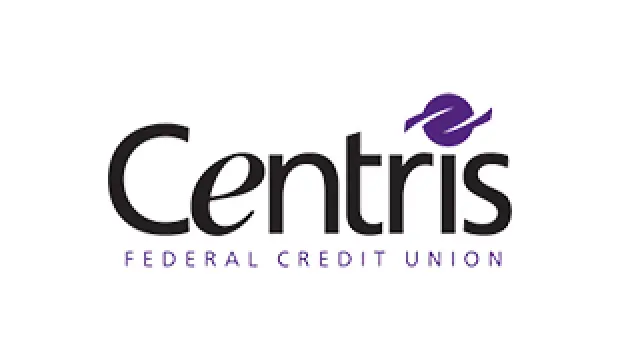
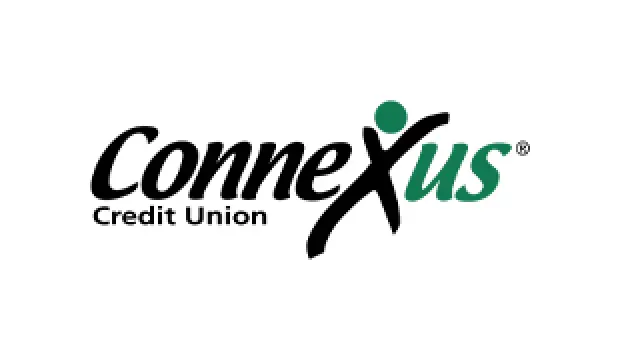
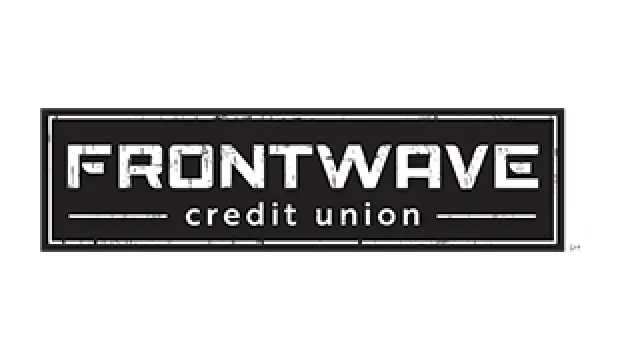
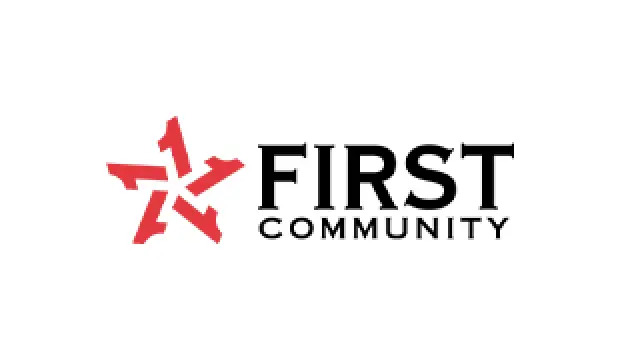
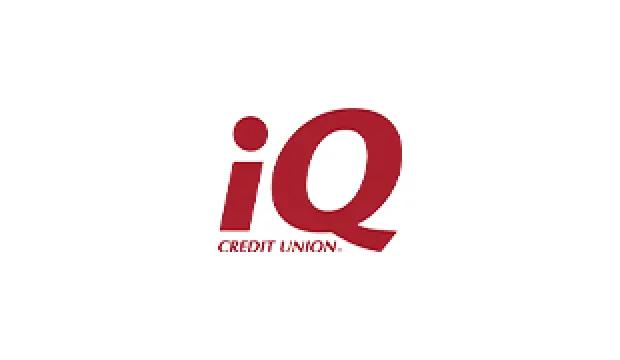
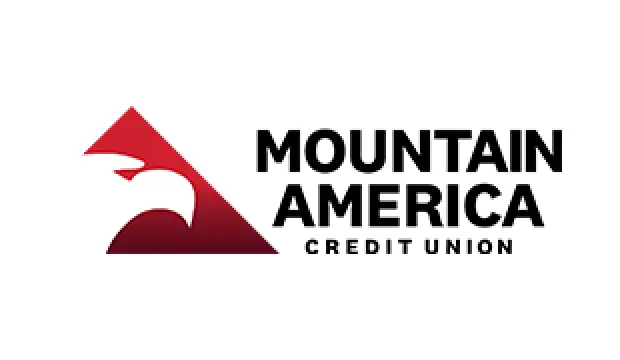
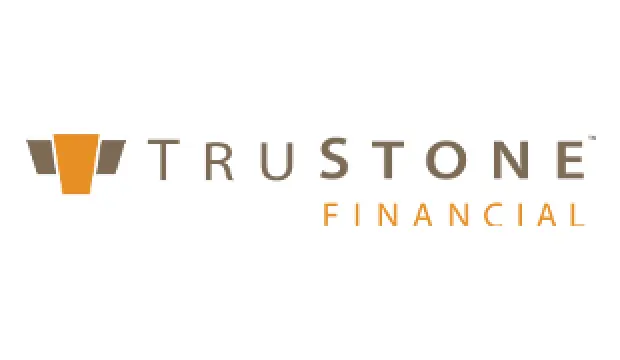

That is why every client agreement includes XDI’s Client Satisfaction Commitment.
Service, functionality, efficiency, relationship, responsiveness, XDI nails it.
Tanya Holland, Park View Credit Union
Qualities
Client at-will
Exclusively for Credit Unions
100% Client Satisfaction Commitment
We selected Xpress Data Inc. as our statement vendor based on their business integrity, exclusivity of service to credit unions, transparent cost structure, ease of implementation, and affordable range of document solutions across all media types.
Traci GeDeros, First Community Credit Union
Like Credit Unions, We Value:
-
Superb Service
Exceptional service drives how we think and act. We are committed to treating our clients well, communicating effectively, and responding in a timely manner.
-
Integrity
We pride ourselves in our commitment to integrity and transparency in all that we do for our clients and strive for nothing less than unconditional client satisfaction.
-
Collaboration
Our core services were developed by working with our credit union clients to produce the solution needed. We embrace the power of working together, both internally and with our clients, to produce the best desired results.
-
Quality
We provide the highest quality in our industry by focusing on efficiency, client customization, reliable content delivery, and ongoing improvement to our processes.
-
Giving Back
We are committed to supporting philanthropic initiatives of the communities in which we live and the credit union community we serve.
